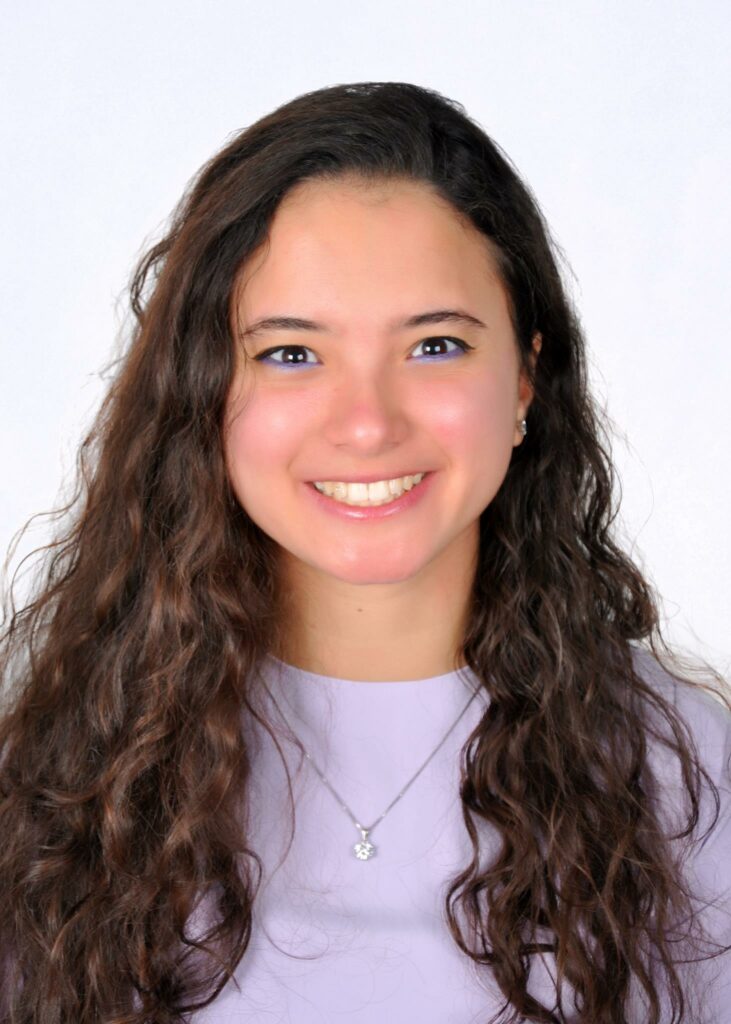In this article, Mennatullah Hendawy shares some insights on structuring cumulative dissertations based on her own experience
“The whole is other than the sum of its parts”
~ Aristotle~
In general, there are two styles of doctoral dissertations: monographs (thesis as a book), and cumulative thesis (thesis by publications/papers). In this article, I will share some insights with regard to cumulative dissertations based on my own experience. A cumulative dissertation consists of a series of papers published, or submitted for publication during the timeframe of the doctorate study. In addition to the papers, the PhD student is required to create an overarching argument that is to be presented in the thesis’s introductory and conclusion chapters. The number of papers to be published and/or submitted is determined by each university. I noticed that, usually, it ranges between 3-6 papers.

Before I start, let me briefly introduce myself: I am a PhD candidate at the Chair of Urban Design, TU Berlin with Prof. Jörg Stollmann. I started my PhD in May 2017 and recently submitted my cumulative thesis of 5 papers in January 2021. While I am waiting to defend my thesis I am writing this article in an attempt to provide some insights into one of the common challenges of conducting a cumulative dissertation: How to structure the series of papers so that they make sense. The papers have to be connected with a thread (sometimes referred to the thesis’s golden thread, see here and here) and this thread can be presented as part of the overarching argument of the papers together. While each paper has one or more research questions, all the papers together respond to one central question. I would like to share with you some ideas on how the papers can be combined, creating something bigger than the individual parts. One might assume that it is usually the goal of the first year of a PhD to decide on the structure and scope of the papers which will be the guiding principles for the next phases of the dissertation. Well, in reality this is not always the case.
Of course the logic of structuring a cumulative thesis depends heavily on the research area and interest. Accordingly, while I share five approaches on structuring cumulative dissertations, I will try to clarify what each approach is suitable for. Each topic can be addressed from different angles, based on the research question, objective, and preferences of the author.
How my own research interest changed
To proceed from here, let’s take a simple derivative of my thesis topic as the basis for experimenting with the different strategies explained in the following. I wrote my thesis about “The Digitalization of Urban planning’. Over the years, my overarching research question became: In the mediatized world, how and why do planning visualizations become a question of social and spatial justice? I started the dissertation with a clear interest in exploring the entanglement of urban studies and media studies in relation to issues of justice in cities, but the final overarching research question only became clear towards the end of the thesis. This is because I was following an explorative and grounded research approach. Looking back now, I must admit that the earlier the overarching research question is clear the easier the research process. Nonetheless, it is also important to stay flexible throughout the thesis process and let it shape the overarching thread. A middle ground would be a good option!
The strategies
By the time I realized all this, I used more than one strategy to combine and look at the papers. In the following section, some of these strategies are presented in addition to other ideas. This list is surely not exclusive.
By field
Structuring the papers in a cumulative dissertation by field would make each paper concentrate on one field or context of the topic, where it is practiced. Speaking about my research, the different fields could be the digitalization of planning in planning education, the digitalization of planning in planning practice, politics, culture, context, theory, or research. Following this strategy, each paper would cover one of these fields. This strategy is useful for a thesis that involves an analysis of perception or disciplines and interdisciplinary analysis.
By actors
Structuring the papers by the actors or the participants involved in the research would allow each paper to tackle who is involved in the topic and whose visions are to be explored. Taking the example of my topic of planning digitalization, the papers would focus on the views of planners, policymakers, the general public, and computer scientists. The choice of which actors to highlight in the papers will mainly depend on the overarching research question and objective. This strategy is useful for a thesis that involves an analysis of reviews.
By time
By choosing to structure the arguments chronologically, each paper naturally tackles the when in the overall topic. In my case the papers would focus on the printing age, the computer age, and the information age. Another example could be to focus on the different stages of the process of digitalization of planning in each paper. The choice of these processes or temporal milestones reflects on how a certain phenomena has changed throughout history and time. This strategy is useful for a thesis that involves a historical analysis.
By cases
In this strategy, each paper takes a case study related to the chosen research topic. Speaking of my research, papers can focus on extreme cases that manifest the research topic, or similar cases that highlight a phenomenon (for more information on the types of cases, Flyvbjerg 2013 is a valuable resource https://arxiv.org/pdf/1304.1186.pdf). The choice of the cases will mainly depend on the adopted methodology. This strategy is useful for a thesis that involves a comparative analysis of multiple case studies.
By location
In this case, each paper would study a specific location, the “where” in the topic. In my case the papers would focus on the digitalization of planning in different cities, or in different countries, or even highlight different parts within a city (such as formal versus informal, or rural versus urban). The choice of the location will mainly depend on the overarching research question and objective. This strategy is useful for a thesis that involves a geopolitical analysis.
Using more than one?
In my thesis, I combined strategy 1 (field), 2 (by actors), and 4 (by case). I started out using field and actors, but as I reached the end of the thesis and was looking backward to finalize my overarching argument, I realized that my papers also differed in terms of cases. In fact, one can see these different strategies as a decision on which variables to highlight and which aspects to fix.
At the beginning of the thesis journey, I was interested in writing papers in a way which presented different fields of action and the views of different actors in each field. Thus, I proceeded to look at the mediatization of urban planning in five fields: planning education, planning practice, planning politics, planning context, and planning culture (which I referred to later as communicative situations). In each paper and field, I highlighted specific actors involved in the process (for example, planning educators and students in planning education). Later I realized that, additionally, each paper reflected the use of a specific planning visualization: education curriculum in planning education, street billboards in planning practice, press news in planning politics, city streets in planning contexts and TV advertisements in planning culture. My overarching concern was to explore the question of ‘Visible urban visions versus the invisible urban challenges’
I hope these strategies can be a starting point for those who have chosen the cumulative study for their thesis. Last but not least, I would like to mention that this list is not exclusive and so it will be great to open up the discussion on the other strategies. For any questions, one-one discussions, or insights, feel free to reach out to me via LinkedIn.

